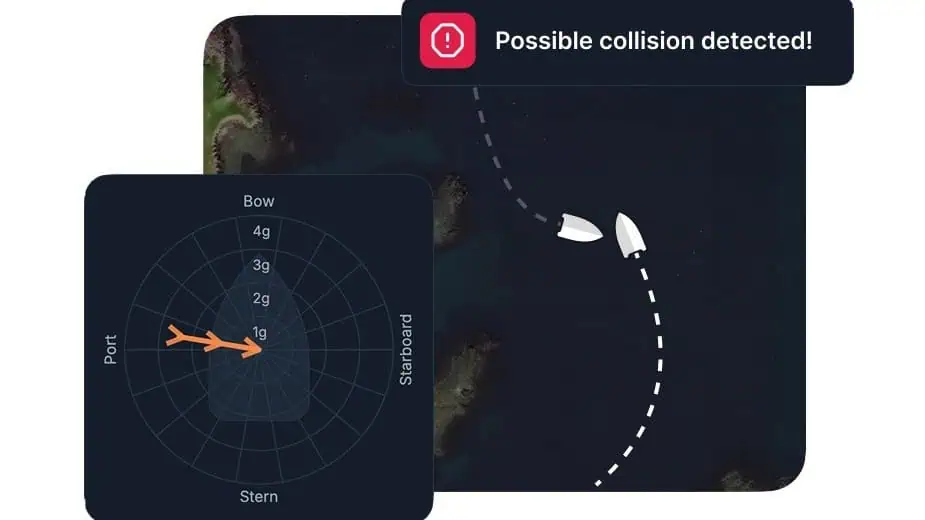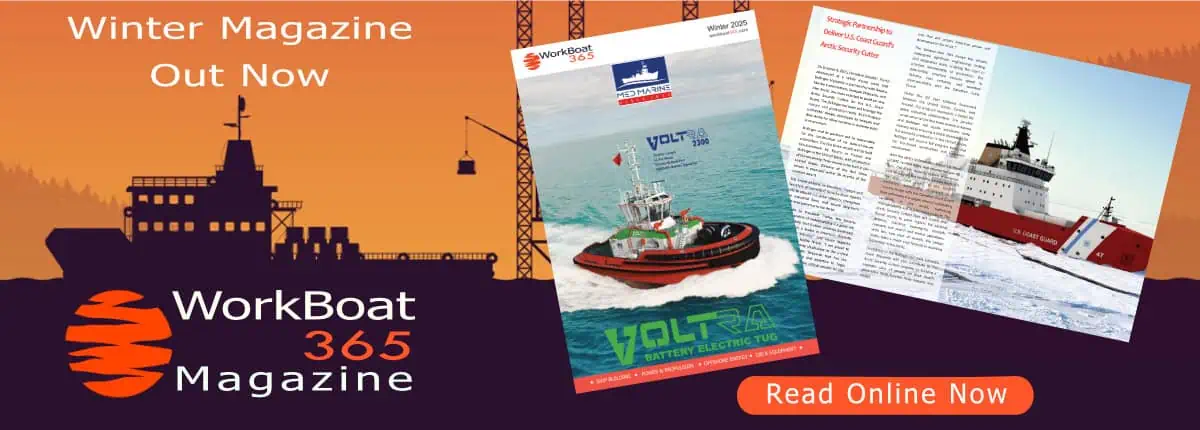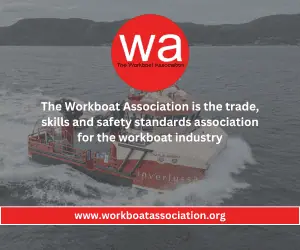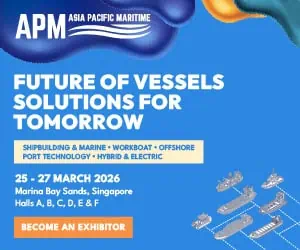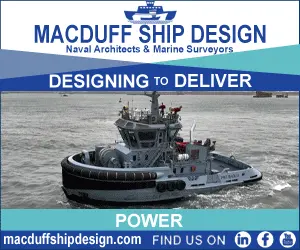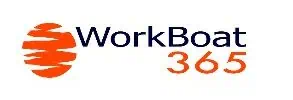Hefring Marine, a leader in intelligent marine analytics, announce the launch of its groundbreaking Impact Report feature, setting a new standard for vessel safety and operational intelligence.
This advanced analytics solution enhances marine safety technology by equipping fleet managers and operators with detailed insights into impact events that may affect vessel integrity, crew safety, and operational efficiency.
The Impact Report feature transforms complex sensor data from Hefring Marine’s IMAS sensors into clear, visual summaries that reveal what happened, when it occurred, and precisely where on the vessel. Unlike traditional impact monitoring systems that rely solely on impact magnitude, Hefring Marine’s intelligent solution correlates impact data with multiple onboard data sources, including engine data and other sensor types, to provide a comprehensive picture of marine incidents.
“Traditional impact analysis has been limited to basic accelerometer readings that miss critical context,” said Karl Birgir Björnsson, CEO and co-founder at Hefring Marine. “Our Impact Report feature goes far beyond simple magnitude measurements. It analyzes each impact to determine hull location, impact type, and can automatically flag various scenarios including propeller strikes, grounding events, and potential collisions. This level of intelligence transforms how the maritime industry approaches safety and operational analysis.”
Key features of the Impact Report include:
Sensor list: The system automatically correlates data from multiple sensors to create distinct events that may have been detected by several instruments, simplifying analysis. The top of the report shows a breakdown of each IMAS sensor unit connected onboard the vessel during the trip. The report informs users of the impact count, how many impact events each sensor registered, and the peak impact detected by each sensor. This helps identify where on the vessel the most significant forces were experienced.
Impact directions: Two powerful visualization charts provide instant understanding of impact directions, a side view revealing vertical impacts such as wave slamming or bottom strikes, and a top view showing lateral impacts including port/starboard collisions or contacts.
Impact event overview: An interactive timeline chart and detailed table list all impact events detected during trips, with clickable events that provide drill-down capabilities for detailed analysis.
When looking into a specific event, the report shows:
- Detailed statistics: Duration, peak forces, and other key metrics
- Event location: Pinpointed on an interactive map
- Directional impact arrows: Showing the exact direction and intensity of forces per sensor
- Detected flags: Such as propeller strike, propeller ventilation, grounding, nearby vessel presence, or potential collision
- Impact profile chart: A detailed curve of the event, helping distinguish between scenarios like wave slamming vs. object collision
- Per-sensor information: Detailed metrics calculated for each sensor that recorded the event, to support further analysis
The Impact Report addresses a critical need in the maritime industry, where understanding the true nature of impact events has traditionally been challenging and time-consuming. By providing clear visual summaries and intelligent analysis, the feature enables operators to quickly investigate safety incidents, identify risky operational patterns, and implement improvements to protect both vessels and crew.
“This feature represents our commitment to making advanced marine analytics accessible and actionable,” added Karl. “Whether investigating a safety incident or optimizing operations, the Impact Report puts all the relevant data at the users fingertips, displayed clearly and ready to act upon.”
The Impact Report feature is now available to existing Hefring Marine customers and will be included in new IMAS installations. The solution integrates seamlessly with Hefring Marine’s existing sensor network and analytics platform, requiring no additional hardware for current users.



